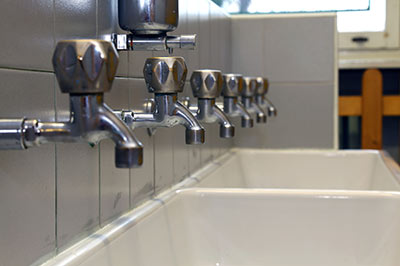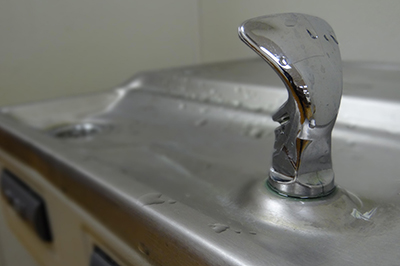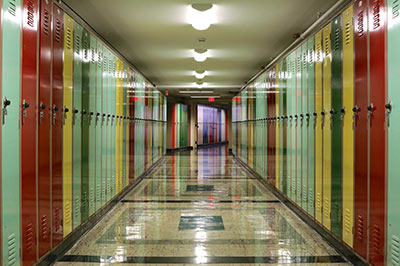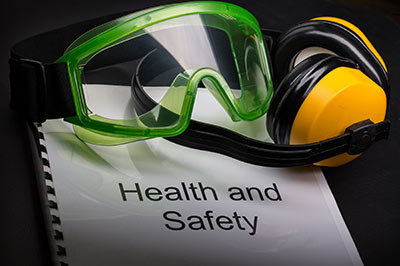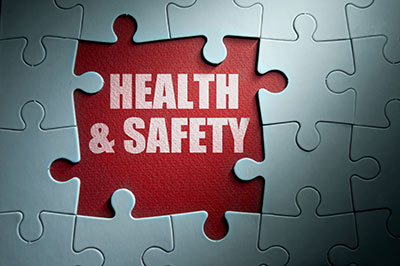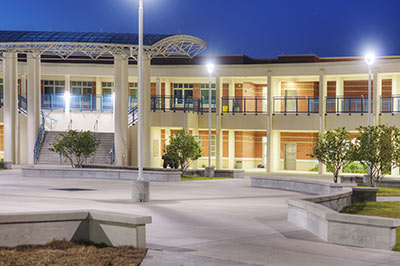Frequently Asked Questions (FAQ)
Why is water important?
Water is an essential nutrient that is vital to life. Poor hydration can harm physical and mental performance. Healthy and calorie-free, water is the perfect hydrating beverage and an ideal alternative to sugary drinks, such as soda. When kids are thirsty, they should be reaching for water, not soda.
More information
Is this really an issue? Aren't kids able to get a drink water in schools now?
Yes, unfortunately, this is an issue! At first glance, people might think it a "no-brainer": of course kids can get water in schools. But, looking more closely, the situation is worse than many think. In California, a recent survey found that at least 40 percent of responding districts did not have access to free drinking water for students during school meals. As new laws come into effect that rid schools of sodas and other unhealthy beverages, it is vital to make sure that the healthy alternatives are easy and convenient. Ensuring that students have drinking water easily available and accessible is a key strategy to combating obesity and encouraging healthy habits.

